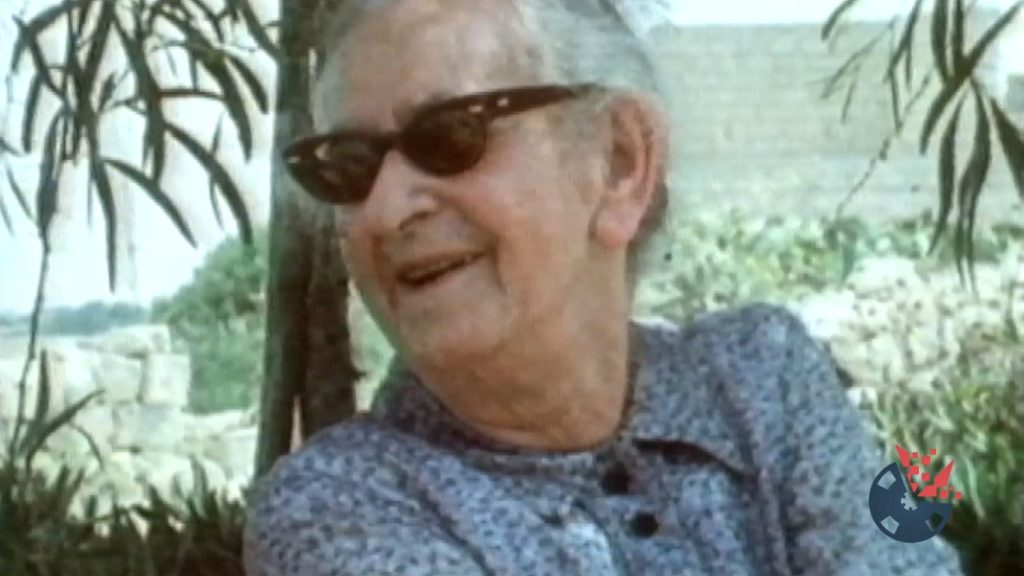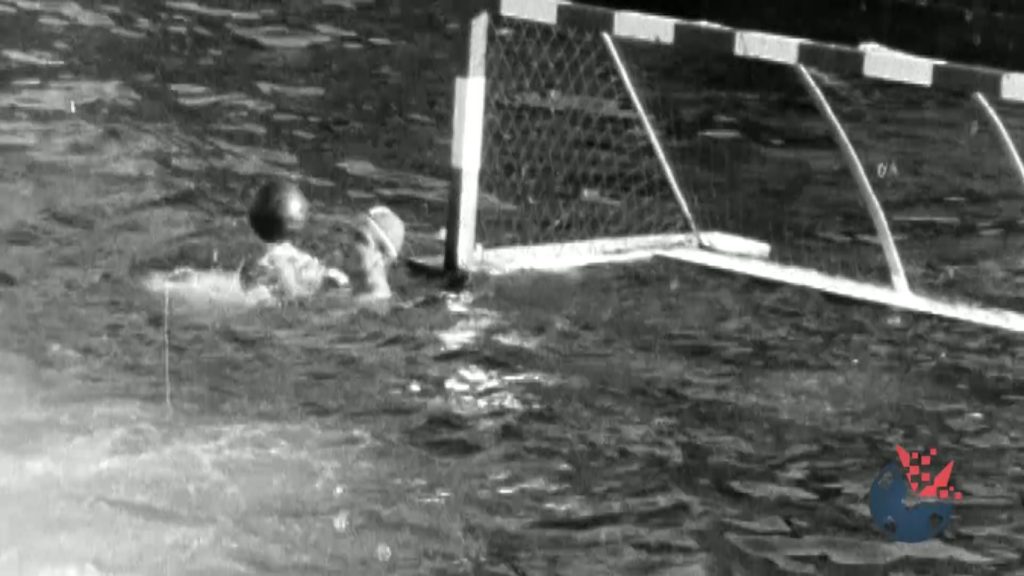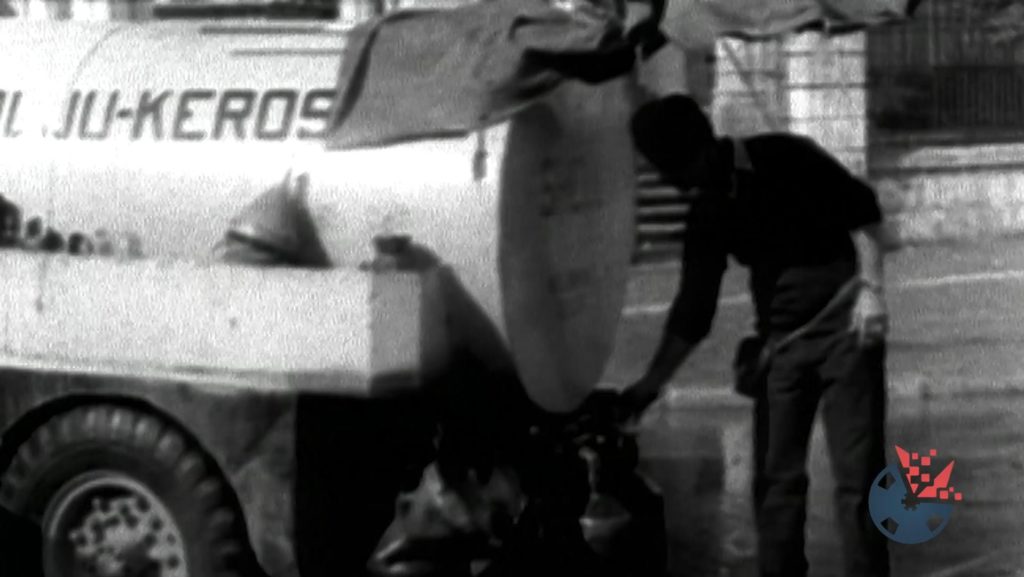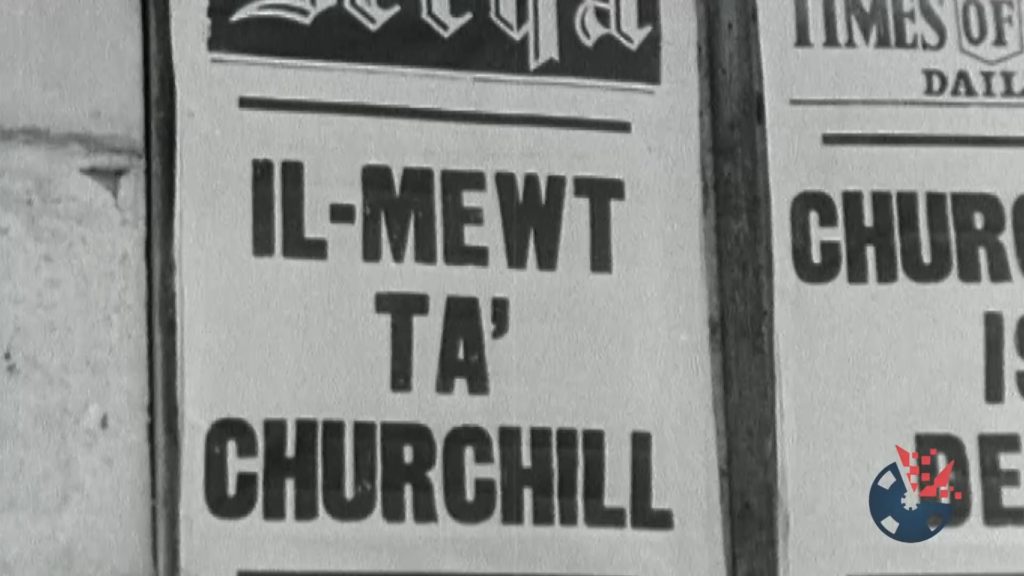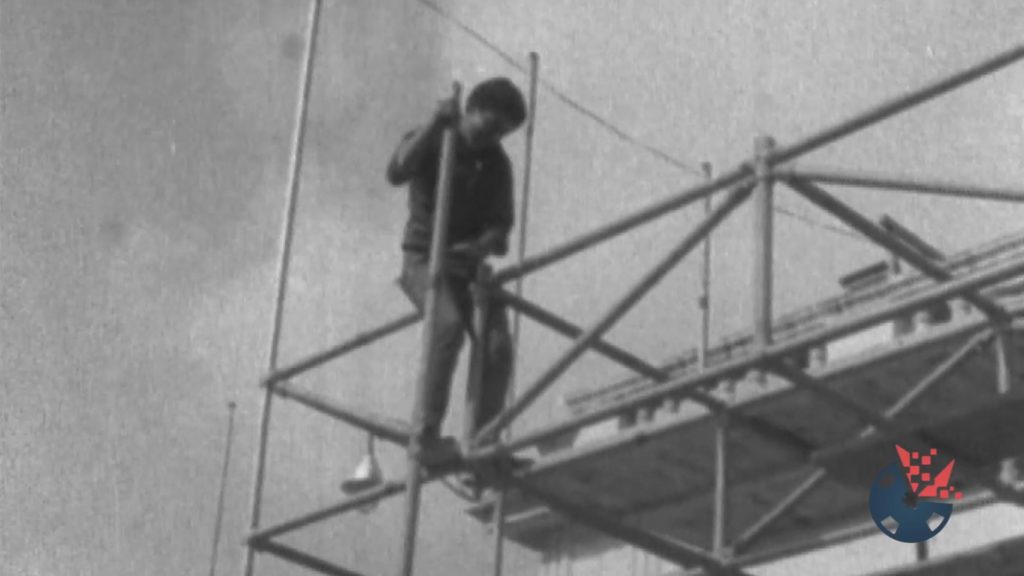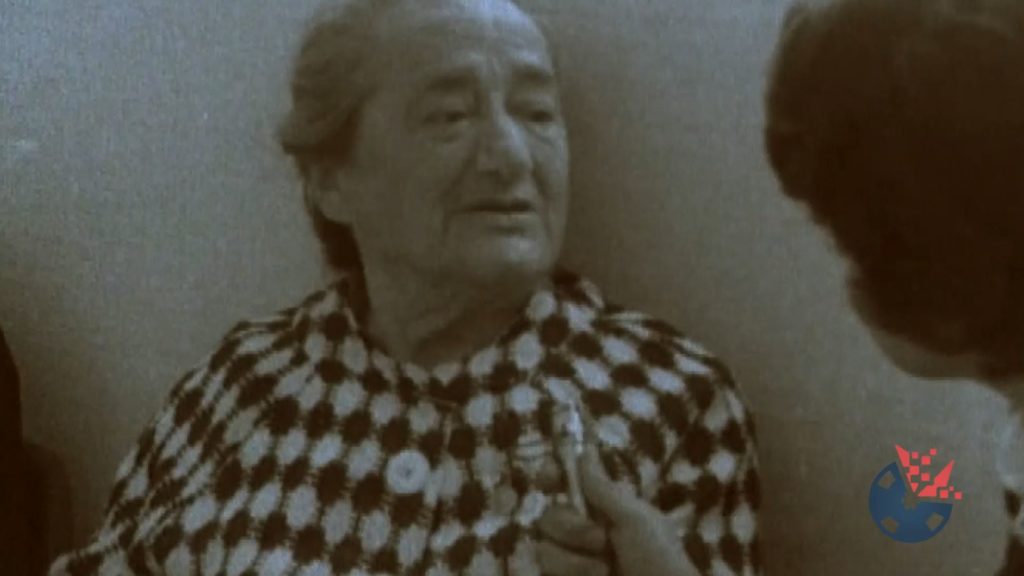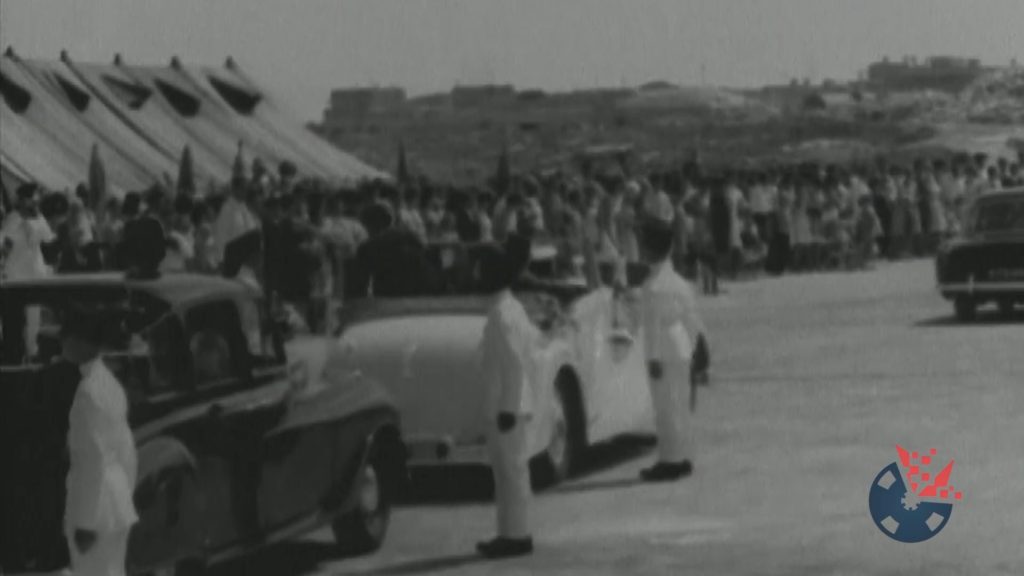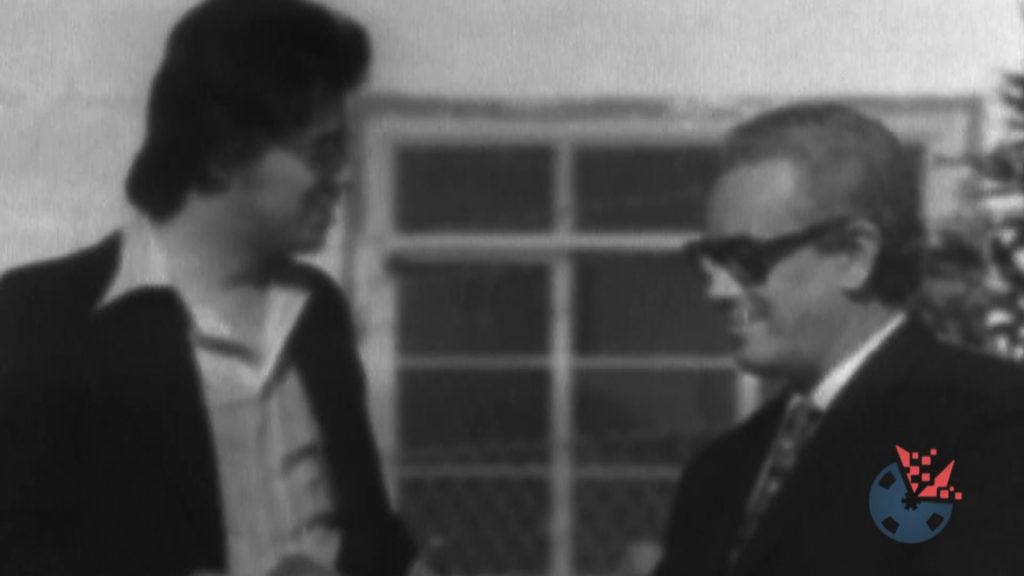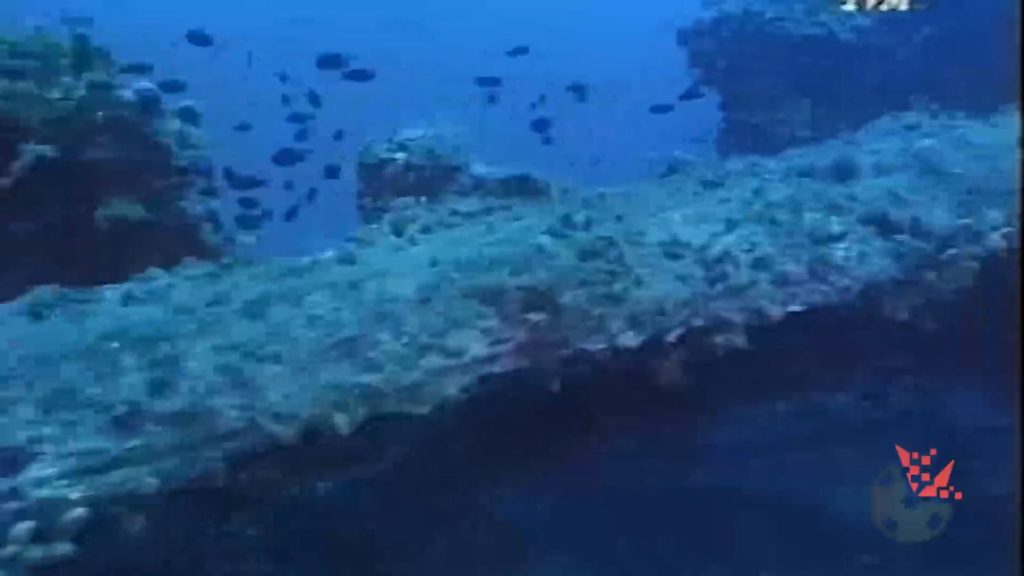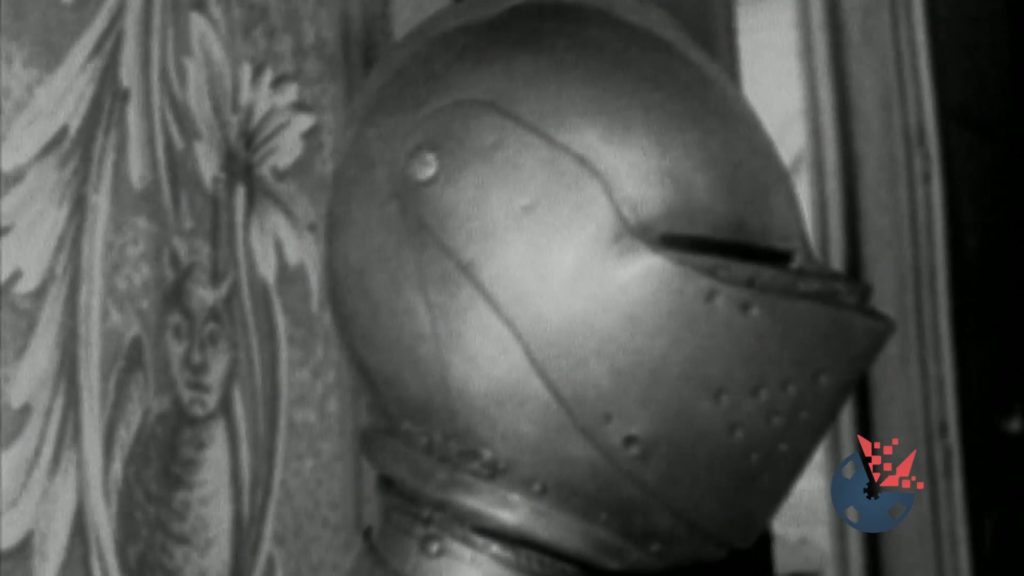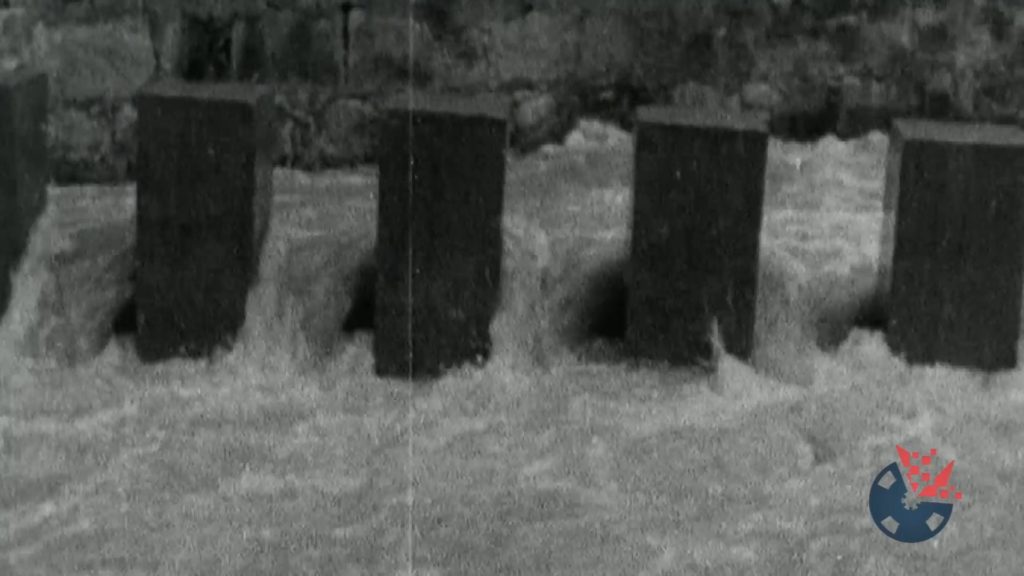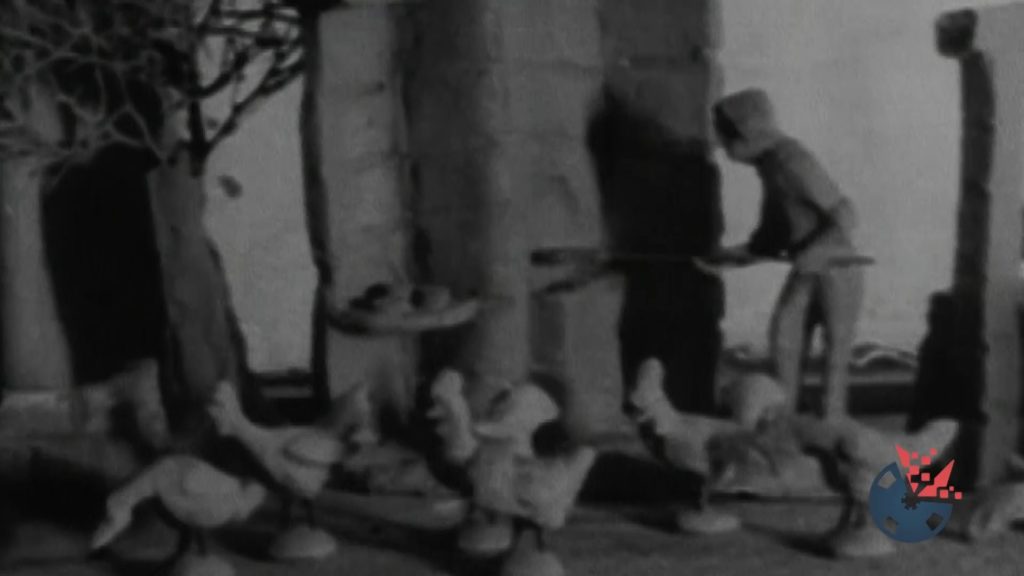Description
The Spitfire is easily the most famous plane of the Second World War.
Its groundbreaking design and superior specifications gave Britain a decisive advantage fighting the Luftwaffe and helped to defend Malta from the Germans and Italians.
The Spitfire’s winning combination of speed, handling, flexibility and firepower turned it into a formidable killing machine and a much loved icon.
Malta was a key strategic Allied base during the Second World War. Axis forces laid siege to the island and attacked British supply ships. By 1942 stocks were running low. The RAF called for reinforcements and over the summer hundreds of Spitfires were shipped in by aircraft carriers.
These improved Spitfire Mark Vs had a top speed of 371mph and were armed with powerful 20mm cannons. The plane proved decisive in gaining air superiority over the Maltese Islands. The siege was broken and Malta became an important base for supplying British troops in Africa and launching future attacks on Italy.,
In 1974 an association was formed to restore an RAF Spitfire recovered from the coast off Malta.
As much as possible of the Spitfire wreckage was collected with the intention of restoring it to display condition. This task proved to be beyond the capabilities of the members at the time. In 1992, a small dedicated group of volunteers, led by Ray Polidano, re-started the project by collecting as many of the original parts as possible.
Eventually sufficient parts were to hand to make a start and the initial work was carried out in Ray Polidano’s home garage.
Missing parts had to be either manufactured by hand, sourced from the RAF in Britain, or recovered from underwater wrecks found in the waters around the Maltese coast.
Within two years the reconstruction was completed, in time for display in Valletta on the occasion of the 50th Anniversary of VE day in 1995.

